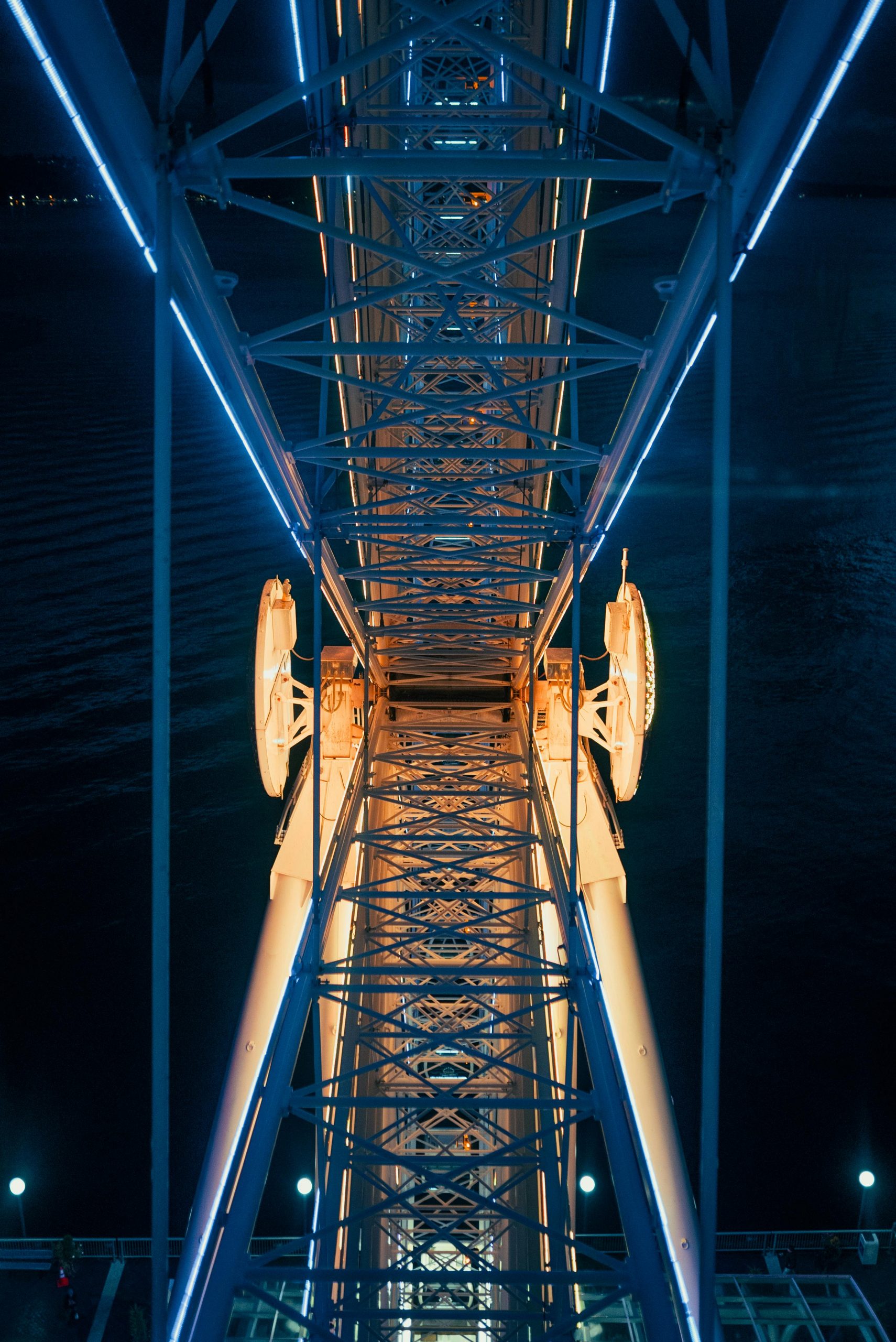Understanding the Teddington Direct River Abstraction Project: Insights Beyond Local Campaigns
In recent times, the topic of water resource management has garnered significant attention within our community, particularly concerning the proposed Teddington Direct River Abstraction project. As discussions unfold, perspectives vary widely, often influenced by local activism and organizational stances. As a resident interested in a balanced understanding, I sought to explore this project beyond the typical narratives presented by opposing groups, including Thames Water and local campaigning factions.
What is the Teddington Direct River Abstraction Project?
At its core, the Teddington Direct River Abstraction initiative involves extracting water directly from the River Thames to supplement regional water supplies. This approach aims to address ongoing pressures on water resources exacerbated by climate change, population growth, and increasing urbanization. The project is positioned as a solution to bolster resilience and ensure sustainable water availability for our community.
Why the Controversy?
The proposal has sparked debate within the community, leading to active campaigns to oppose it. Critics, often characterized as NIMBYs (Not In My Back Yard), raise concerns about potential environmental impacts, ecological disruption, and changes to water quality and flow within the river system. Conversely, supporters argued the necessity of such measures in the face of mounting water scarcity challenges.
However, it is crucial to examine the project with a nuanced perspective that considers scientific data, environmental assessments, and long-term sustainability plans—beyond the polarized narratives.
A Balanced Perspective on Water Abstraction
From a technical standpoint, direct river abstraction can be a viable component of integrated water resource management if implemented responsibly. Proper environmental impact assessments and adaptive management strategies are vital to mitigate ecological risks, such as harming aquatic habitats or altering river flows.
Modern water treatment and monitoring technologies enable the safe extraction and replenishment of water, minimizing adverse effects. Furthermore, when combined with demand management, conservation efforts, and sustainable infrastructure, such projects can contribute positively to regional water security.
The Role of Stakeholders and Critical Inquiry
Effective stakeholder engagement—encompassing local communities, environmental groups, and industry experts—is essential to transparently evaluate the project’s merits and risks. Independent analysis and peer-reviewed research should underpin decision-making processes, rather than conflicting narratives rooted solely in opposition or support.
While skepticism is healthy in scrutinizing large-scale infrastructure projects, it is equally important to recognize the expertise and evidence that inform sustainable water management strategies.
Conclusion
Understanding the Teddington Direct River Abstraction


As a London resident with a keen interest in sustainable water management, I appreciate the balanced perspective presented here.
It’s important to recognize that projects like Teddington Direct River Abstraction should be evaluated on scientific evidence and environmental safeguards rather than solely on community concerns or opposition rhetoric. Modern monitoring and adaptive management have advanced significantly, allowing for responsible extraction that minimizes ecological disruption.
Additionally, integrating such projects into a comprehensive water strategy that includes demand reduction, water recycling, and infrastructure improvements can enhance resilience without over-reliance on river abstraction. Transparent stakeholder engagement and independent scientific review are crucial in building public trust and ensuring that ecological impacts are thoroughly considered.
Ultimately, a collaborative approach that balances regional water needs with environmental conservation can help us develop sustainable solutions not only for Teddington but for London’s broader water security in the face of climate change.
Insight from a London Resident on River Abstraction Projects
As someone living in central London, I appreciate the detailed overview provided on the Teddington Direct River Abstraction project. It’s clear that balancing essential water resource management with environmental sustainability is complex and requires nuanced understanding.
From my perspective, I believe that integrated approaches—combining modern treatment technologies, vigilant environmental monitoring, and community engagement—are vital for such projects to succeed without causing ecological harm. Given the River Thames’ ecological importance and its role as a vital water source for London and beyond, careful consideration of river flow patterns and habitat impacts is crucial.
Furthermore, I think transparent stakeholder involvement is key. The voices of local residents, environmental experts, and industry professionals must be considered to develop responsible and sustainable solutions. Continuous independent assessments can help ensure that water abstraction activities support long-term resilience without compromising the river’s health.
To truly move forward, I believe we should foster ongoing dialogue that challenges assumptions on both sides, ensuring water resource management strategies are scientifically sound, environmentally conscious, and socially equitable. Only then can we build community trust and sustainable infrastructure for future generations.